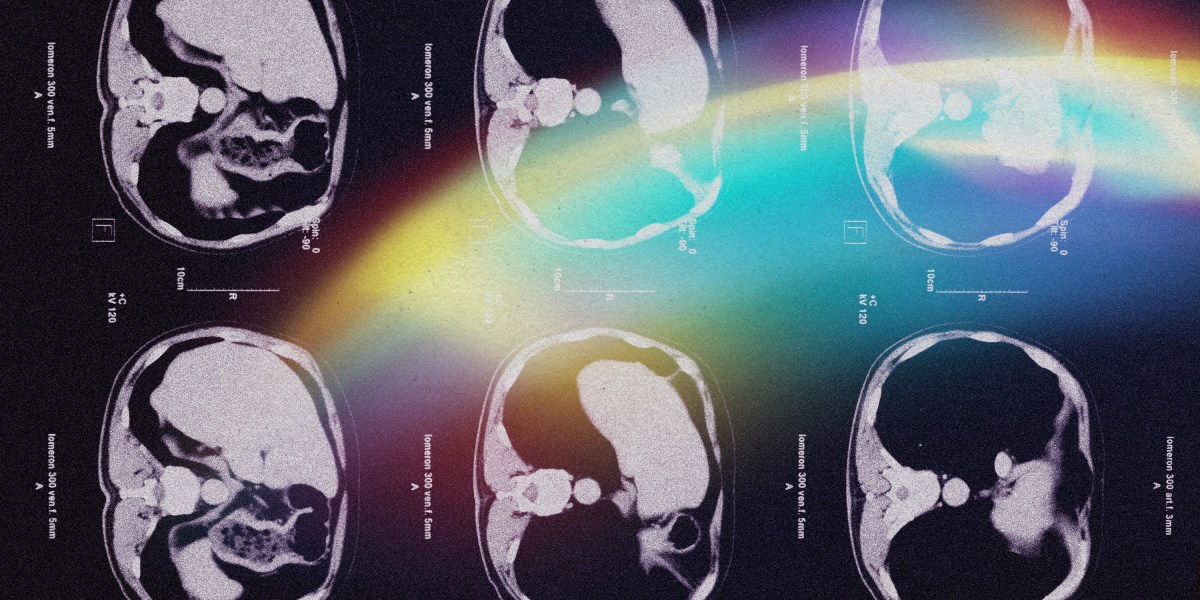A new AI-based risk prediction system could help catch deadly pancreatic cancer cases earlier

“It would be anticipated that such a model would improve the current landscape,” he says. “But it really needs to be very early to make the biggest impact.”
It’s possible that some people could have developed advanced pancreatic cancer within the six-to-18-month window, meaning it could be too late to treat them effectively by the time they’ve received a risk assessment, he says.
While this particular study is retrospective, looking at existing data and tasking the models with making hypothetical predictions, the team has started work on a study that will gather gather data on existing patients, compute their risk factors, and wait to see how accurate the predictions are, says Martin Rinard, a professor of electrical engineering and computer science at MIT, who worked on the project.
In the past, other AI models built with data from a particular hospital sometimes didn’t work as well when provided with data from another hospital, he points out. That could be down to all kinds of reasons, such as different populations, procedures, and practices.
“Because we have what is coming close to data from essentially a very significant fraction of the entire population of the United States, we have hopes that the model will work better across organizations and not be tied to a specific organization,” he says. “And because we’re working with so many organizations, it also gives us a bigger training set.”
In the future, PRISM could be deployed in two ways, says Appelbaum.
First, it could help single out patients for pancreatic cancer testing. Second, it could offer a broader type of screening, prompting people without symptoms to take a blood or saliva test that may indicate whether they need further testing.
“There are tens of thousands of these models for different cancers out there, but most of them are stuck in the literature,” she adds. “I think we have the pathway to take them to clinical practice, which is why I started all of this—so that we can actually get it to people and detect cancer early. It has the potential to save many, many lives.”





